 The Sunna is lived revelation
The Sunna is lived revelation
by Senai Demirci
I recently became acquainted with a concept: “sunna/">Regenerating the Sunna.” Not sunna/">imitating the Sunna, but realizing it, bringing it to fruition, actualizing it. The concept implies not merely remembering the actions of Prophet Muhammad PBUH, but living and experiencing those behaviors in the here and now.
It does not refer to sunna/">remembrance of the Sunna through longing, but its manifestation as an aesthetic excitement within the body that breathes in the present moment. It brings to the agenda the reinvigoration of recollections as life and as being.
Generating Sunna: To give whole-hearted spirit to the Prophetic stance of the past, notwithstanding the ‘modern’ habits flashing by. Carrying (over) the Sunna to the here and now. Reconstructing the codes of a Muhammedan spirit and stance here and now.
Also Read: Imaam Yakhsyallah: Nurture Love for the Prophet, One Will Be with Whom One Loves
It is evoking the Prophet and the Sunna as a nostalgic memory, and carrying a living, breathing body over as a shadow to the present. Being in the shadow does not make one a body. It is hoped that a man made of a body can become a body. One who leaves their body in a shadow, will lose their body with time and create but a shadow. It is evident that the Prophet does not want for us to be his shadow; he expects for us to be in the present with our bodies our beings, existing in a Prophetic manner.
The body is self; it represents a stance before light. The body is the witness to the contact with reality. Reality expects from its addressee not that it becomes its shadow, but a body itself. Being a body comes with a price; while being a shadow is taking the easy way out. Remaining in the shadow is seeking refuge and doubling over, while becoming a body is to arise, to stand tall – a standing, a characteristic stance. A shadow is nothing; if you were to gather a thousand shadows it would not make a single body. But thousands of shadows can emerge from one body.
The Sunna is the flow of reason, constructed by revelation, to life and its revivification as life. Through the actions of the Prophet, the “Celestial Word” assumes human form, takes flesh and bone, begins to breathe, acquires a state of vision and hearing, and begins to walk. It becomes tangible and visible; it descends to earth and is revealed among the people. The person of the Prophet is the very proof revelation’s ‘livableness’. When examined from this perspective, Sunna is the ‘the human form’ of revelation. Together with the Sunna, revelation stands firm and walks tall.
Only, our perception with regards to the Sunna is shaped by our perception with regards to revelation. Minds which see revelation as a historical record and read it as a dead text, also afford the behavioral codes constructed by revelation the treatment of mere sacred memory. The intellect which reads revelation as an animated text, however, partakes in life with the attitude engendered by revelation. They add life to life; they bring life to life.
Also Read: Thanksgiving: An Islamic Perspective
Revelation is a fresh, living and reviving formation. It is in a state of motion in the here and now; it is the pulse of existence; it lives and gives life. Thus, what falls upon us is to transform the attitude, manner and state of the Prophet, at interplay with the living revelation, into a moving body in the present moment.
Let us suppose that you heard the following Prophetic Tradition: “Uhud loves us and we love Uhud.” If you so wish, you could take these words, share or understand them as a sacred memory during for instance the minor pilgrimage, at Madina, at the Archers’ Hill. There is no harm in this. It is not incorrect, but incomplete. However, this deficiency is one which can give rise to contemporary and new errors. It is not innocent.
“If you remain at the memory, then nothing will be left of this statement once you depart from the foothills of Mount Uhud. The meaning of this statement will not place any responsibility on your intellect. It will remain limited to that space and to that time. Thus, these words will no longer remain words. They will not have an impact. They will not raise dust where they strike. You would just say, “Prophet Muhammad used to love Mount Uhud greatly.”
You would remain in the shadow; you would be a shadow. For the Prophet, in relation to whom you say, “May my soul be sacrificed for your sake, o Messenger of God!” you will not be able to question whether or not you indeed have the kind of soul that can be sacrificed. (Remember: not every soul can be sacrificed. For those wishing to be a sacrifice, they have the onus of making their souls ready for such.) Underlying this statement is a fluid code of life. It calls upon you to take part in an actual and active stance.”
Also Read: Achieving the Position of Fasting Expert with Kindness of Morality
That is to say, the Prophet hopes for the action of the heart that is love from even that which is made of stone. The Prophet sees a most tender heart in that hard stone. So why then should I not see the heart of the stone in my here and now? Will the stone love me? Should I not love stones, too?
You will open your eyes and realize, for instance, the lesson in stones that the Prophet acquired in the Qur’anic chapter entitled Al-Baqara, in its seventy-fourth verse: “…your hearts became hardened; they were like rocks, or even harder, for there are rocks from which rivers come gushing; there are some that split and water issues from them; and there are still others that roll down for fear and awe of God.”
This lesson of revelation, which shakes the hardened human heart to such a degree that it says, “At least be ashamed of stone!” neither belongs to history, nor is limited to the person of the Prophet. It is in the here and now. Actual and active. Fluid and full of life. Our future is like a river flowing towards mystery. Like a sword extending towards our chest.
If we fix this stone lesson to the history of the tension between the Children of Israel and Moses, then we will have missed the point. We would just be reduced to lamentation, saying: “Look at these people. Rocks softened before the staff of Moses, but their hearts and instead remained hardened, despite the fact that they were witness to the softening of rock.” The responsibility of this statement will remain on others, and will not even reach us. We would no longer be its addressee.
Also Read: The Power of Charity in Ramadan
What is this verse telling us now? What does this Prophetic Tradition expect of us now? These are the very questions that make us not ‘those who cite the words’, but ‘those who take the words upon themselves’. Perhaps they may even liberate us from being shadows and turn us into bodies. Then, not only the Prophet but all of us will owe a gaze that “softens rocks” not just to Uhud but to every Mountain we see, not just ‘once upon a time’ but for right here right now.
We will place our body behind the view that says, “Mount Erciyes (Argaeus) loves us and we love Erciyes.” We will begin to see the heart of Uludağ, the Himalayas, the Taurus Mountains, Mount Ararat, and Mount Süphan. The Prophetic Narration will begin to breathe with us. Divine revelation will allow us a Prophetic existence before mountains. To the stones under our feet we will owe ‘reverence’. We will be free from coarseness and vulgarity.
We will become Muhammadi not just in words, but in approach and demeanor. We would have produced anew and in our distinct way, the manner of the Prophet of Sila ar-Rahm (keeping good relations with relatives), who established his connection with not only mountains but with every object in fact, on the basis of mercy. Here and now. We will not consider the Sunna as a mere memory, but keep it well and truly alive – as life itself. We will become a body, not a shadow. (T/P3/R01)
Mi’raj Islamic News Agency (MINA)
Also Read: Ramadan Brings the Change
Sources:
2.http://muslimvillage.com/
Also Read: Ramadan, the Month of Education





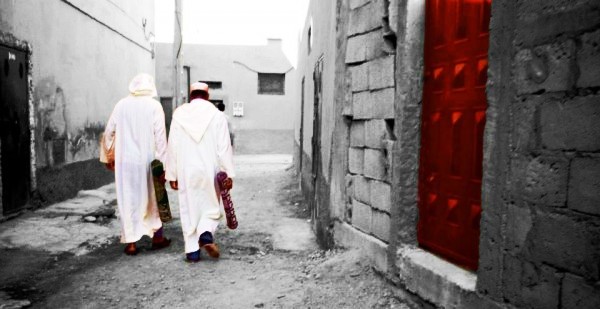

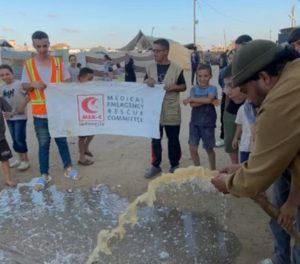


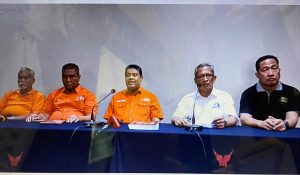
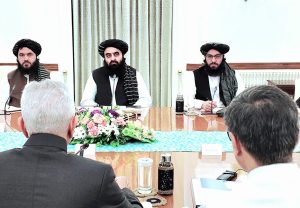
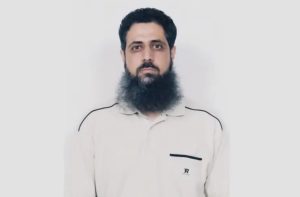
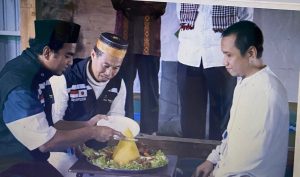
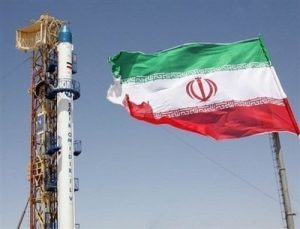
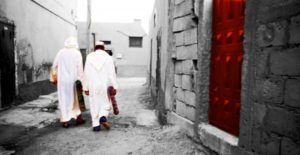



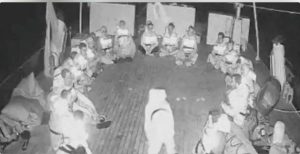
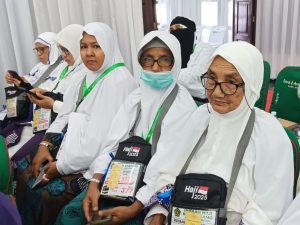
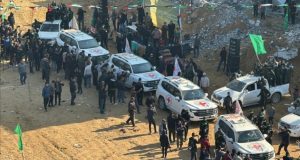
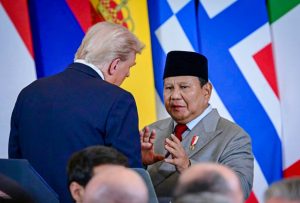
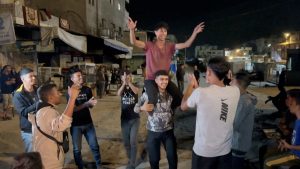






 Mina Indonesia
Mina Indonesia Mina Arabic
Mina Arabic